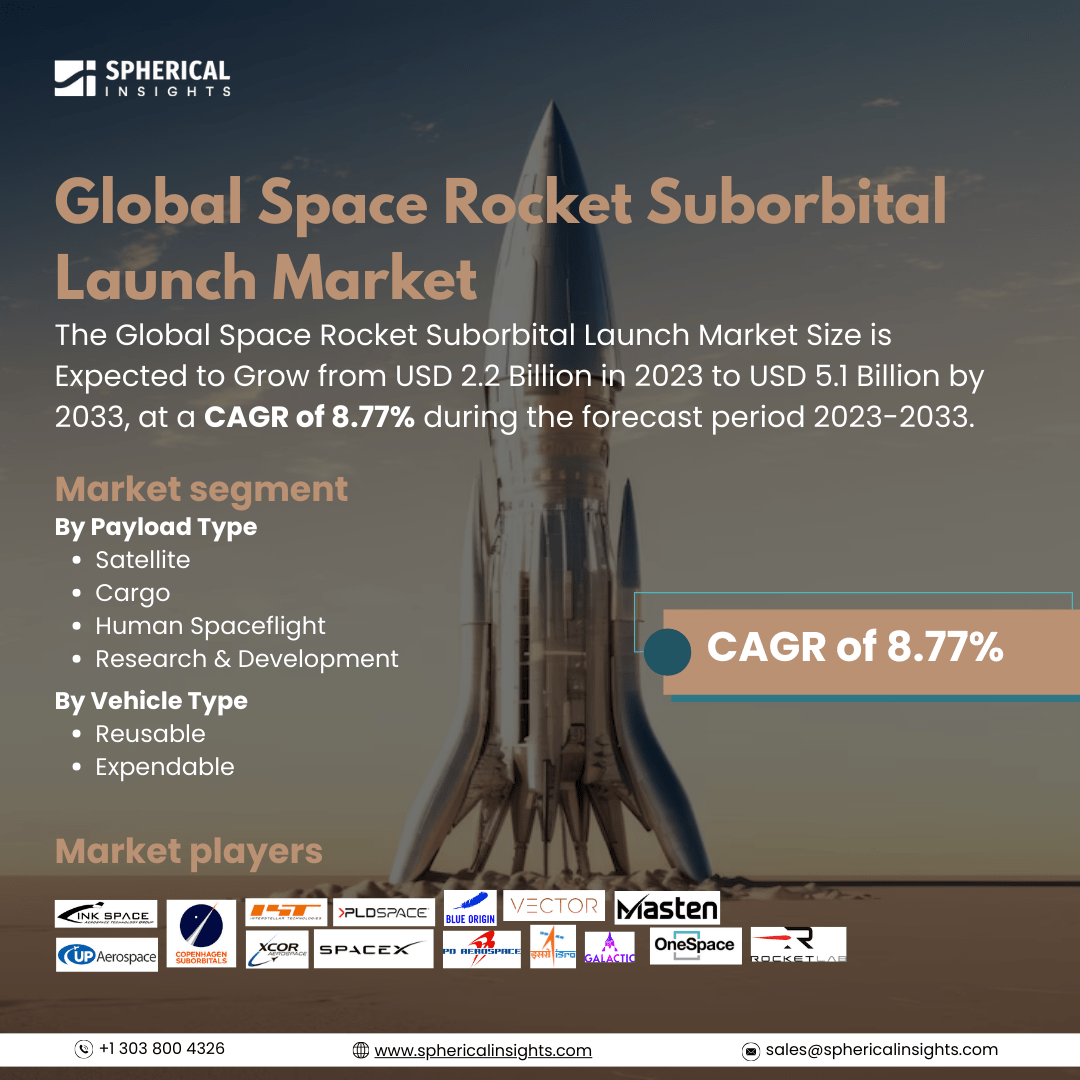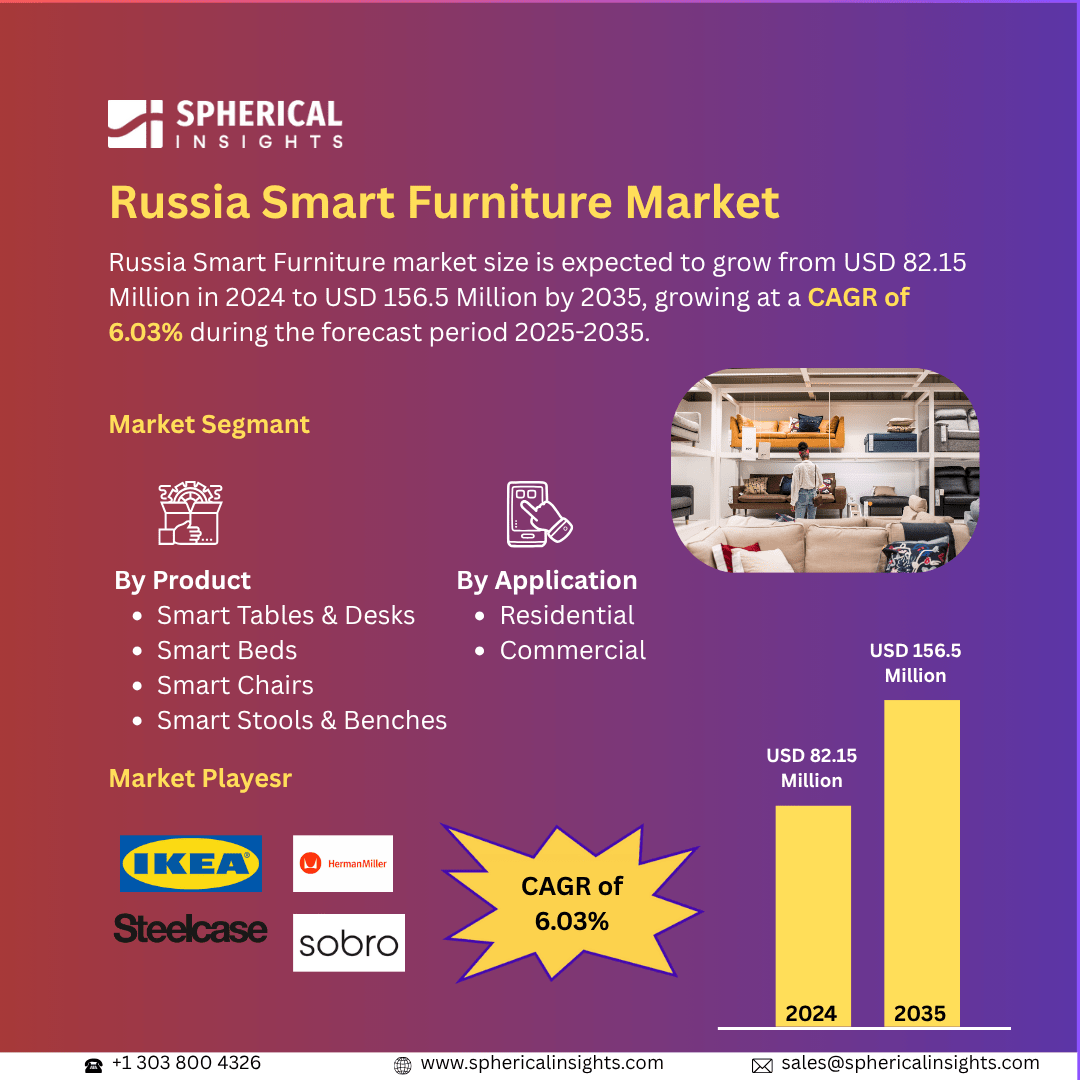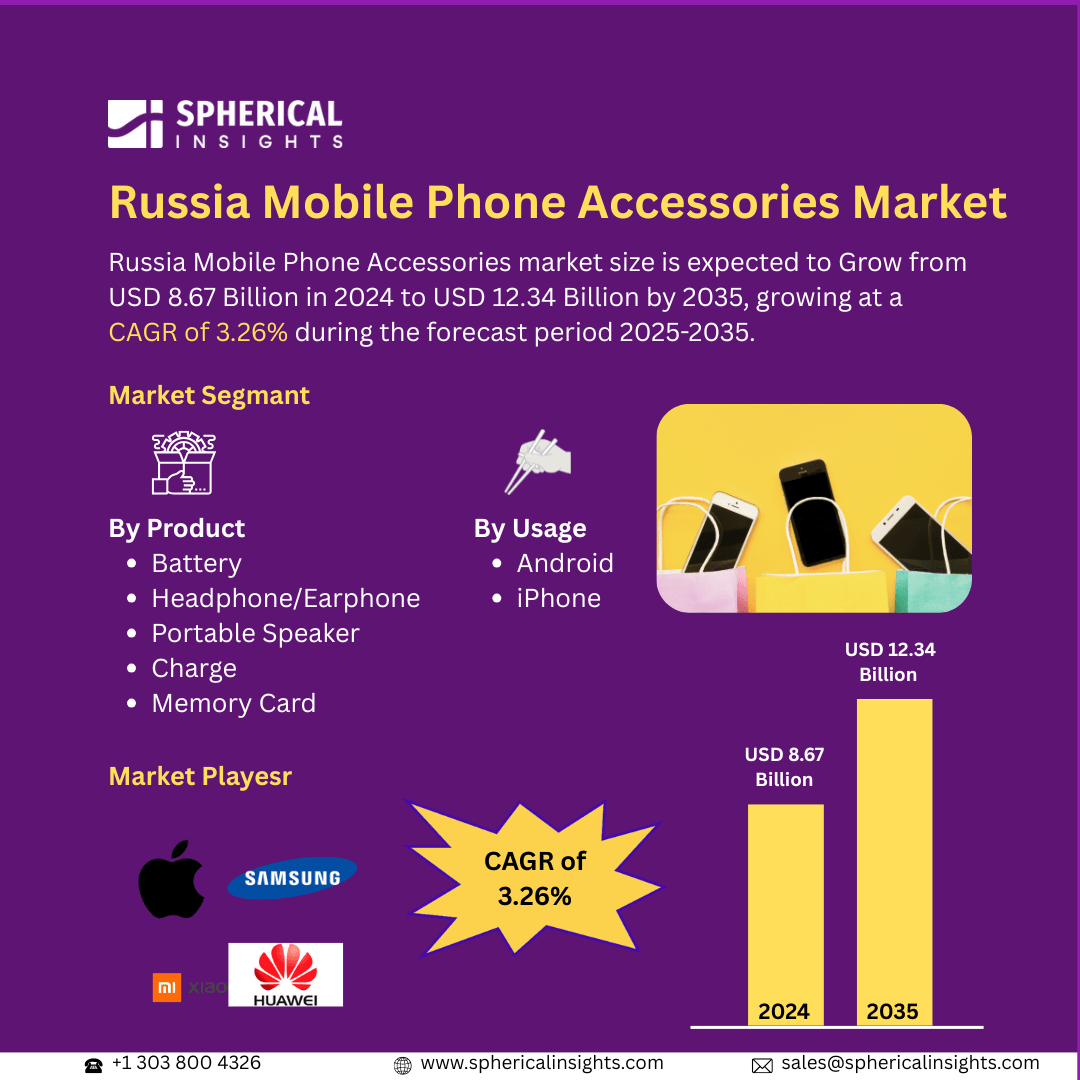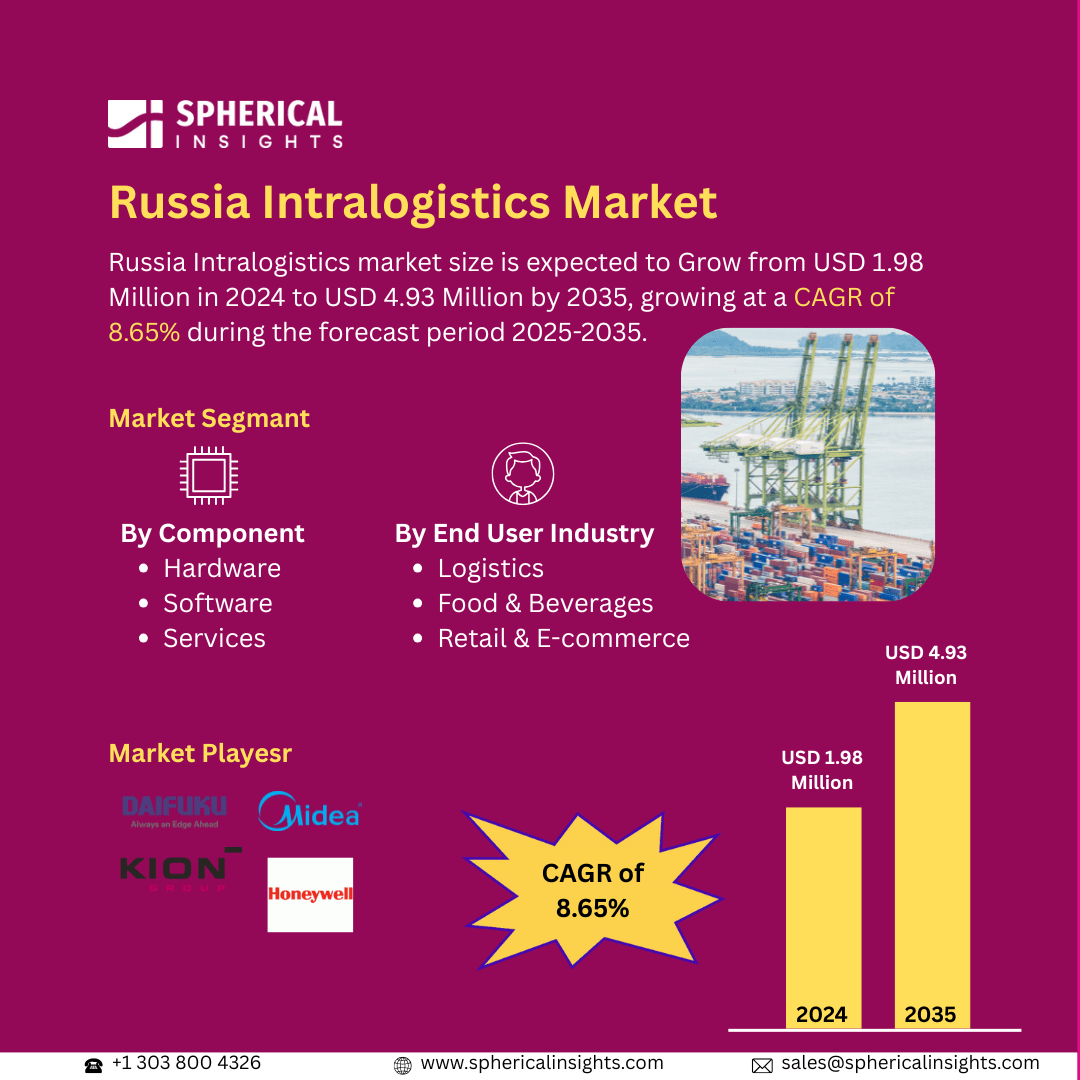Global Space Rocket Suborbital Launch Market Size To Exceed USD 5.1 Billion By 2033
According to a research report published by Spherical Insights & Consulting, The Global Space Rocket Suborbital Launch Market Size is Expected to Grow from USD 2.2 Billion in 2023 to USD 5.1 Billion by 2033, at a CAGR of 8.77% during the forecast period 2023-2033.
Browse 210 market data Tables and 45 Figures spread through 190 Pages and in-depth TOC on The Global Space Rocket Suborbital Launch Market Size, Share, and COVID-19 Impact Analysis, By Vehicle Type (Reusable and Expendable), By Payload Type (Satellite, Cargo, Human Spaceflight, and Research & Development), and By Region (North America, Europe, Asia Pacific, Latin America, Middle East, and Africa), Analysis and Forecast 2023 - 2033
The space rocket suborbital launch market refers to the industry involved in the development, manufacturing, and operation of rockets designed for suborbital flight missions that reach space but do not complete an orbital revolution around Earth. These launches typically involve brief journeys beyond the Kármán line (100 km above sea level) before returning to Earth. Moreover, the Space Rocket Suborbital Launch Market is driven by rising demand for space tourism, increased investment in commercial space ventures, advancements in reusable launch technologies, and growing interest in microgravity research. Government support, defense applications, and reduced launch costs also contribute to the market’s rapid growth and expanding commercial potential. However, the suborbital launch market faces restraints such as high initial investment, stringent regulatory approvals, safety concerns, limited payload capacity, and uncertain profitability, which can hinder widespread adoption and long-term market sustainability.
The reusable segment accounted for the largest share of the global space rocket suborbital launch market in 2023 and is anticipated to grow at a significant CAGR during the forecast period.
Based on vehicle type, the global space rocket suborbital launch market is divided into reusable and expendable. Among these, the reusable segment accounted for the largest share of the global space rocket suborbital launch market in 2023 and is anticipated to grow at a significant CAGR during the forecast period. This is due to their cost-efficiency, rapid turnaround time, and sustainability. Companies like Blue Origin and Virgin Galactic drive this segment, as reusability significantly reduces per-launch costs, making it ideal for frequent missions in space tourism, research, and testing applications.
The human spaceflight segment accounted for a substantial share of the global space rocket suborbital launch market in 2023 and is anticipated to grow at a rapid pace during the projected period.
On the basis of the payload type, the global space rocket suborbital launch market is divided into satellite, cargo, human spaceflight, research & development. Among these, the human spaceflight segment accounted for a substantial share of the global space rocket suborbital launch market in 2023 and is anticipated to grow rapidly during the projected period. This is driven by the growing interest in space tourism. Companies like Virgin Galactic and Blue Origin are leading this segment, offering commercial suborbital flights that cater to private individuals, generating strong demand and high revenue potential.
North America is projected to hold the largest share of the global space rocket suborbital launch market over the projected period.
North America is projected to hold the largest share of the global space rocket suborbital launch market over the projected period. This is driven by strong government support, advanced aerospace infrastructure, and leading companies like Blue Origin, Virgin Galactic, and NASA. The region's focus on space tourism, defense applications, and research missions continues to fuel market dominance and innovation.
Asia Pacific is expected to grow at the fastest CAGR of the global space rocket suborbital launch market during the projected period. This is driven by rising investments in space programs, technological advancements, and increasing participation from countries like China, India, and Japan. Government initiatives, growing private sector involvement, and interest in space tourism and research are accelerating regional market expansion.
Company Profiling
Major vendors in the global space rocket suborbital launch market are ISRO (Indian Space Research Organisation), Rocket Lab, Vector Launch, Blue Origin, Interstellar Technologies, OneSpace, Virgin Galactic, PLD Space, Masten Space Systems, LinkSpace, PD Aerospace, SpaceX, XCOR Aerospace, Copenhagen Suborbitals, UP Aerospace, and others.
Key Target Audience
- Market Players
- Investors
- End-users
- Government Authorities
- Consulting and Research Firm
- Venture capitalists
- Value-Added Resellers (VARs)
Recent Development
- In August 2024, Rocket Lab USA, Inc. ("Rocket Lab" or "the Company"), a leading provider of launch services and space systems globally, successfully launched its 51st Electron rocket and deployed a single satellite to low Earth orbit for Synspective, a Japanese Earth-imaging firm.
Market Segment
This study forecasts revenue at global, regional, and country levels from 2023 to 2033. Spherical Insights has segmented the global space rocket suborbital Launch market based on the below-mentioned segments:
Global Space Rocket Suborbital Launch Market, By Vehicle Type
Global Space Rocket Suborbital Launch Market, By Payload Type
- Satellite
- Cargo
- Human Spaceflight
- Research & Development
Global Space Rocket Suborbital Launch Market, By Regional
- North America
- Europe
- Germany
- UK
- France
- Italy
- Spain
- Russia
- Rest of Europe
- Asia Pacific
- China
- Japan
- India
- South Korea
- Australia
- Rest of Asia Pacific
- South America
- Brazil
- Argentina
- Rest of South America
- Middle East & Africa
- UAE
- Saudi Arabia
- Qatar
- South Africa
- Rest of the Middle East & Africa



